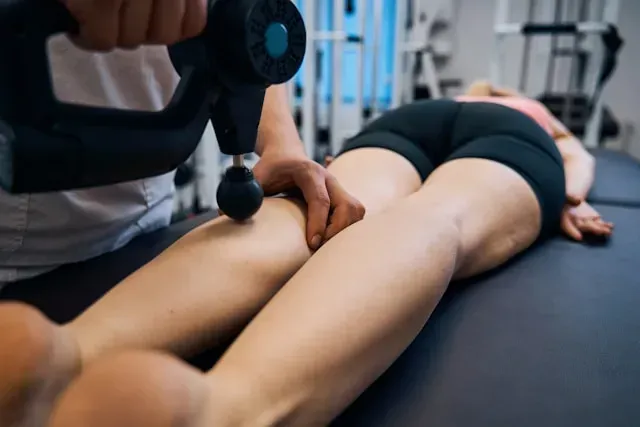
Sports Massage Therapy
Learn how sports massage therapy enhances performance, supports recovery, and prevents injuries with techniques that improve circulation and muscle function.
Get carepatron free
Commonly asked questions
A sports massage specifically addresses sports-related injuries and enhances athletic performance, whereas a regular massage focuses on general relaxation and stress relief. Sports massage therapists are trained to target specific muscle groups and employ techniques such as deep tissue massage to alleviate tension and improve the range of motion in athletes.
Individuals typically undergo specialized training in techniques like deep tissue and therapeutic massage to become sports massage therapists. They may also pursue certification in sports massage therapy from accredited institutions. Additionally, gaining practical experience through internships or working with sports teams can be beneficial.
Signs that someone may benefit from a sports massage include experiencing sports-related injuries, muscular tension, limited range of motion, or delayed onset muscle soreness (DOMS) after physical activity. Consulting with a qualified sports massage therapist can help assess individual needs and determine the appropriateness of this treatment.
While massage and physical therapists may address sports-related injuries, their approaches differ. A licensed sports massage therapist primarily focuses on manual techniques, such as deep tissue massage, to alleviate muscle tension and promote recovery. On the other hand, a physical therapist utilizes a variety of modalities, including exercise therapy and rehabilitation techniques, to rehabilitate injuries and improve overall bodily function.







